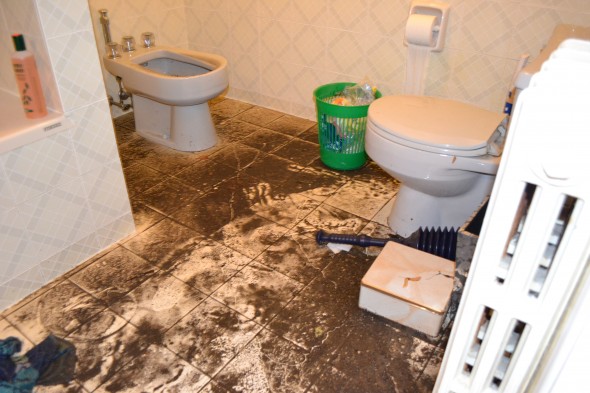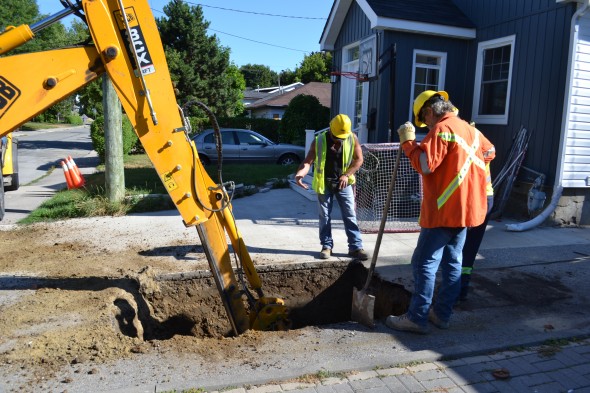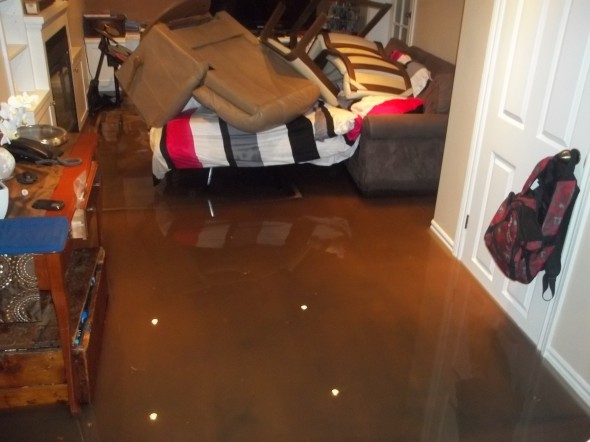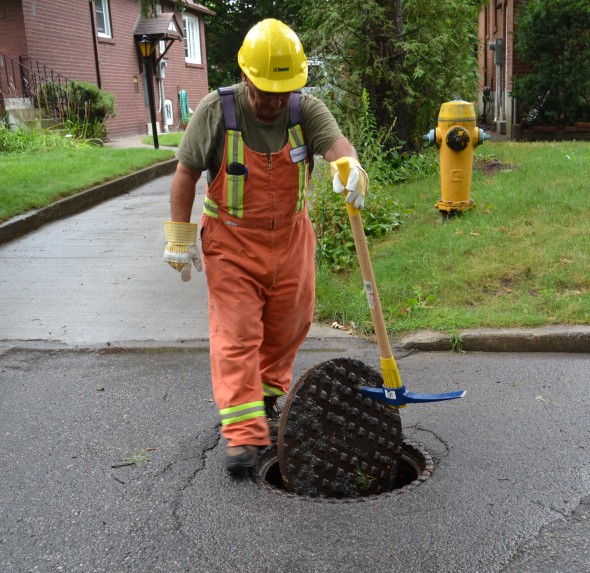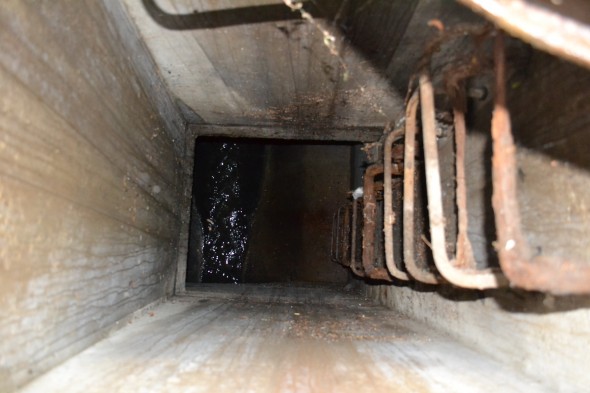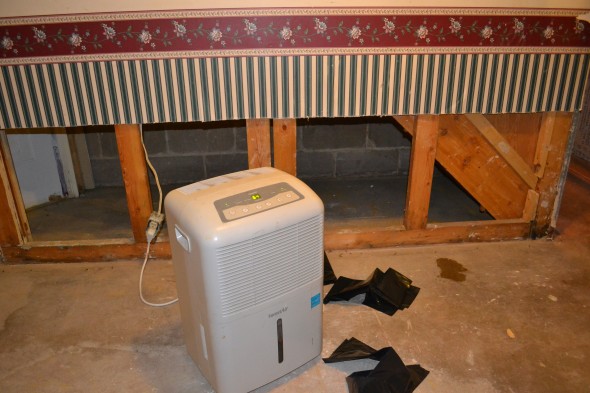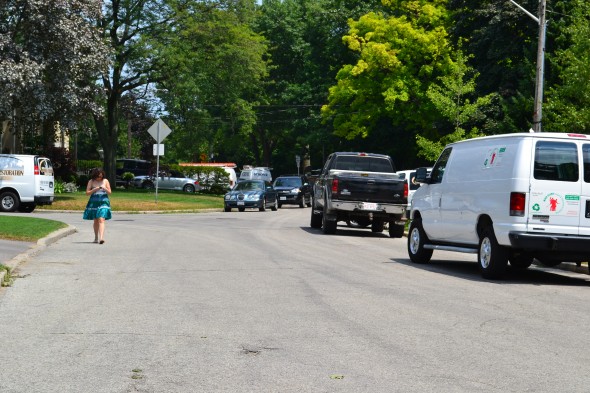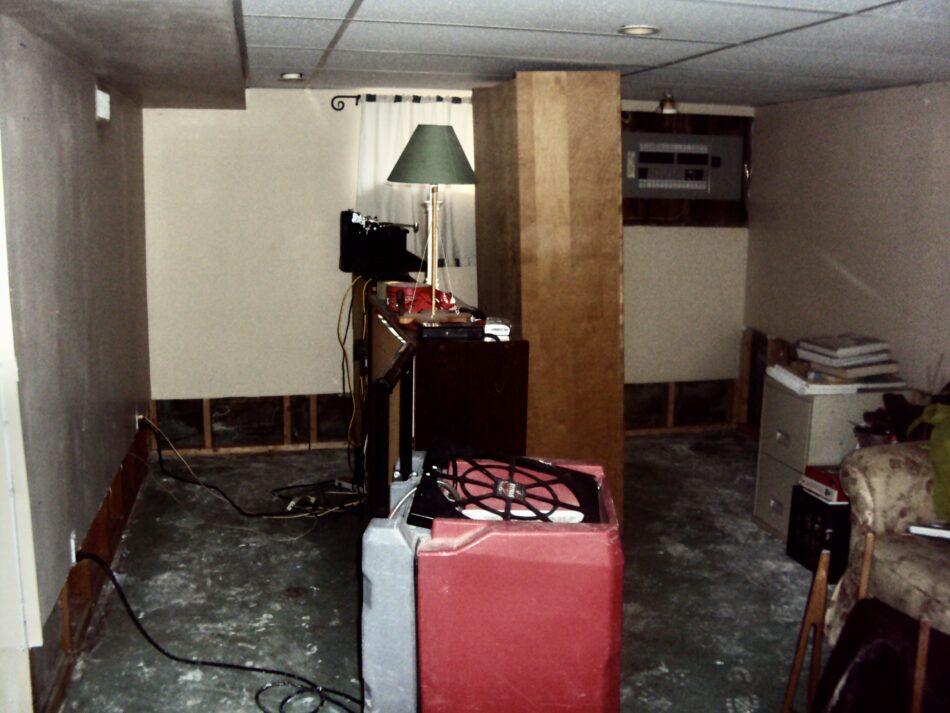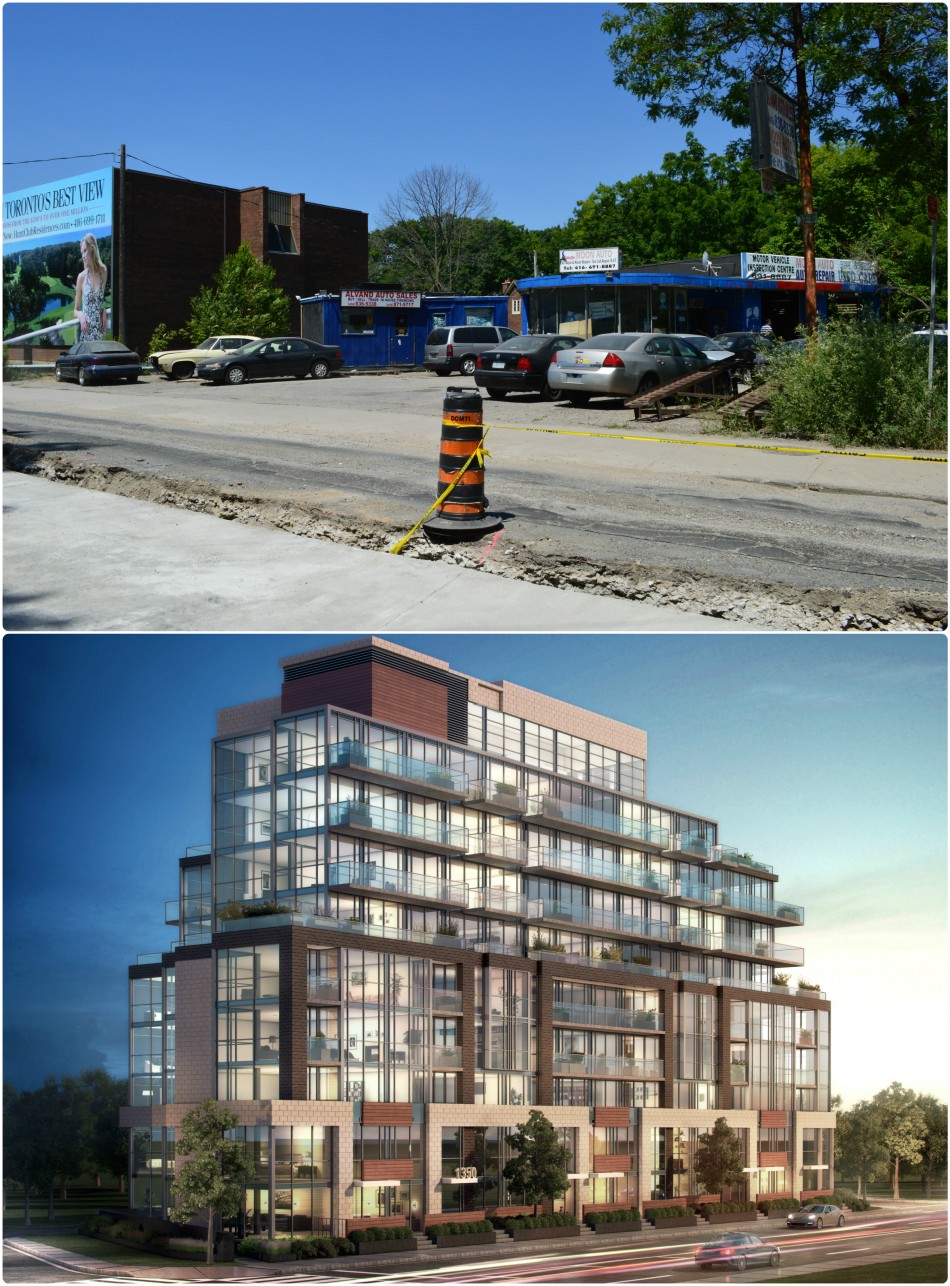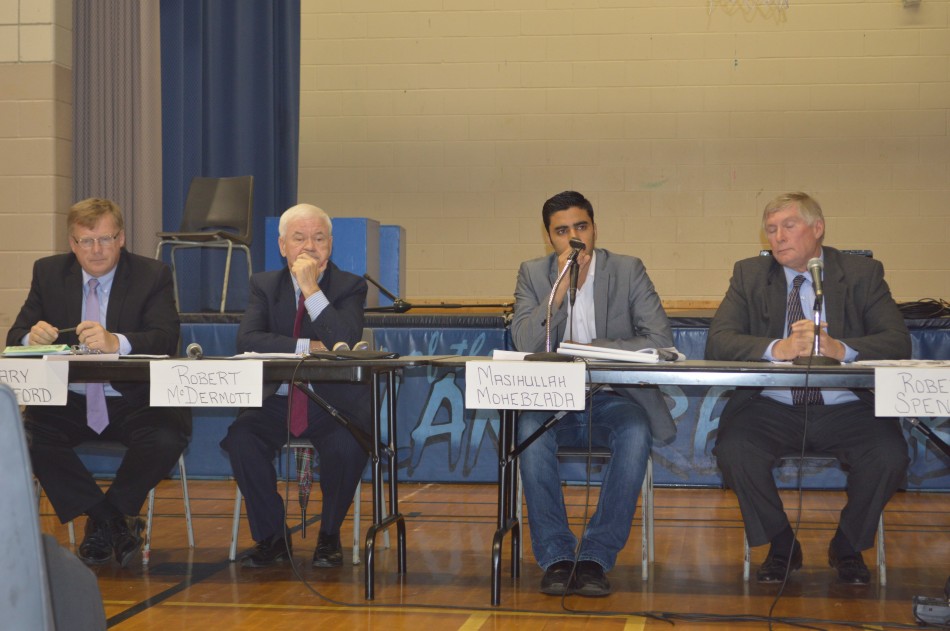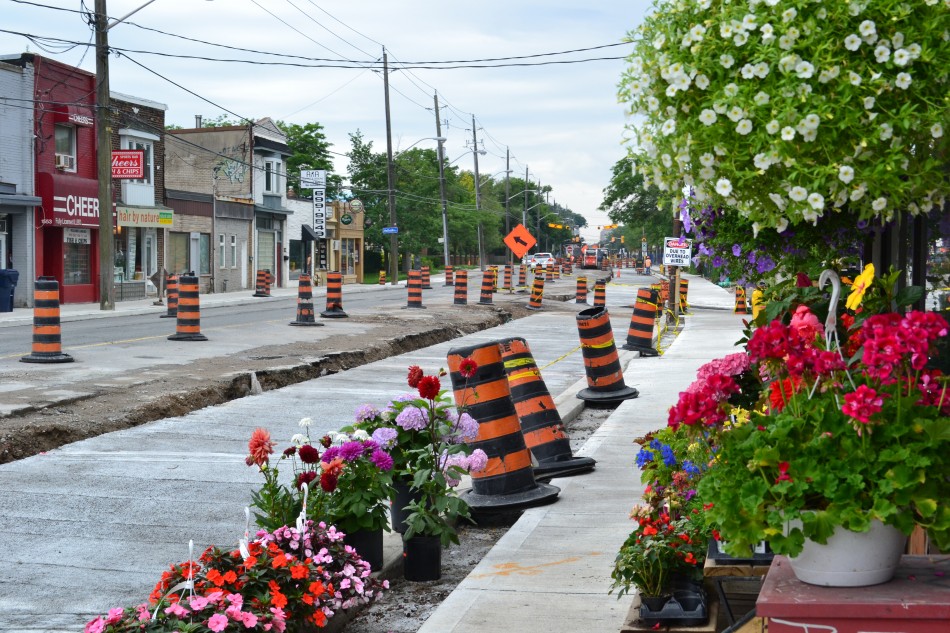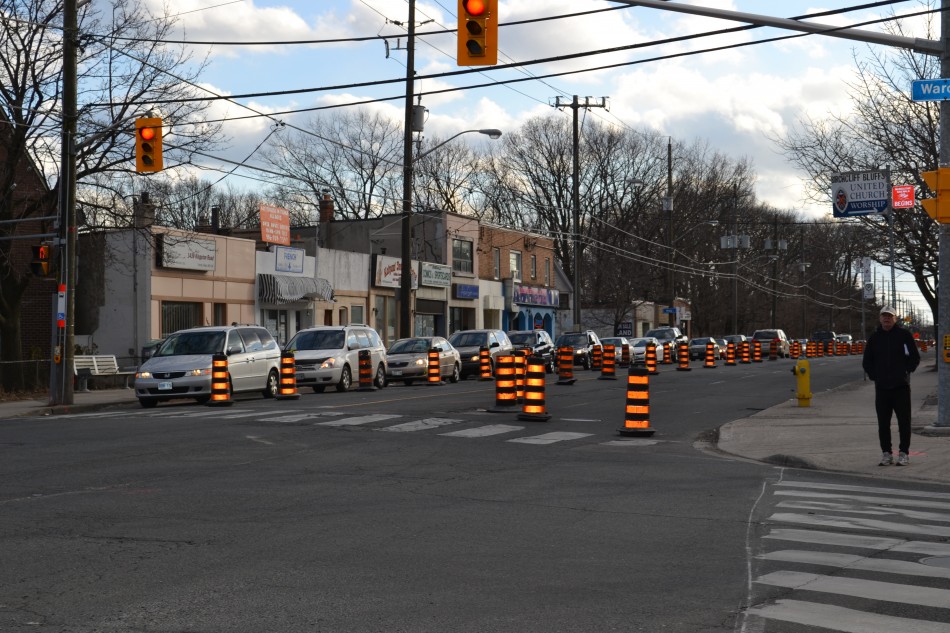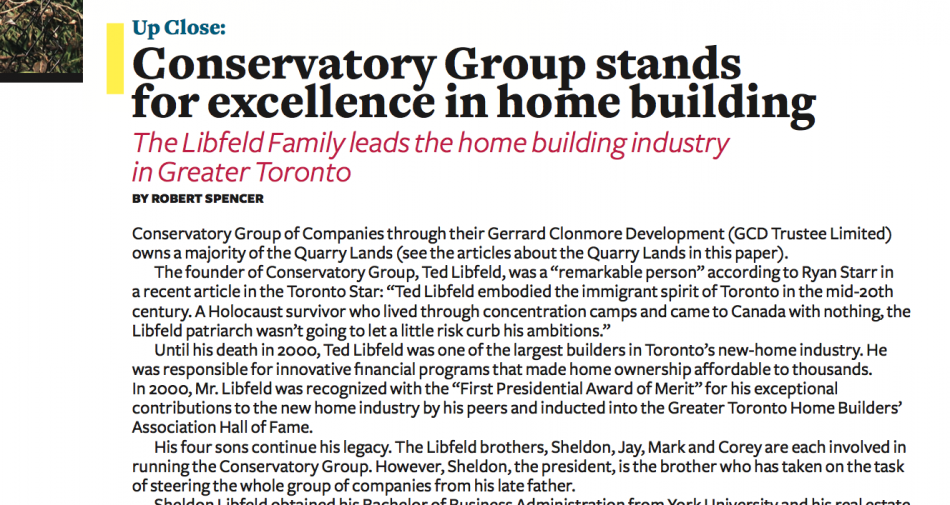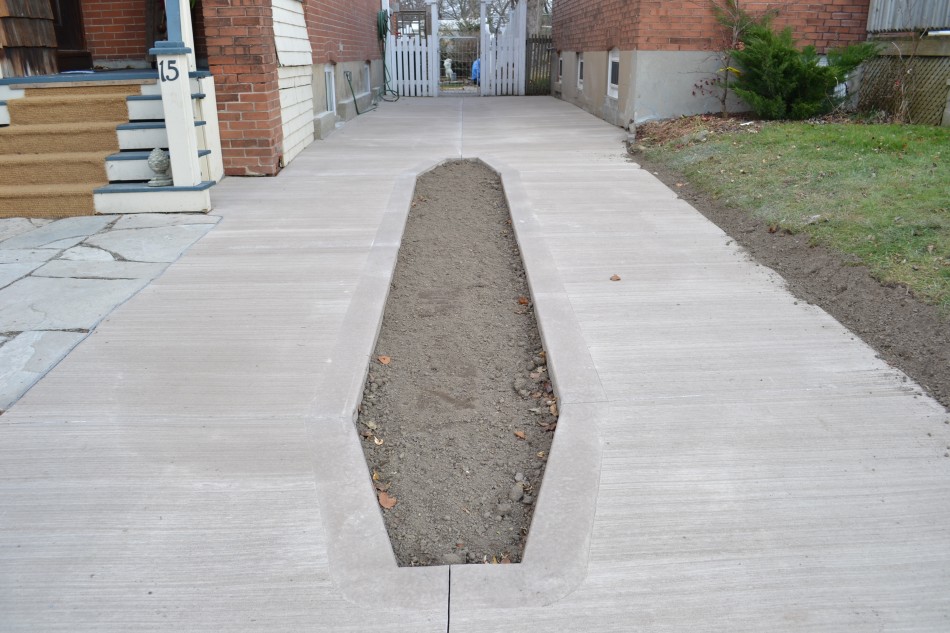It’s been almost two weeks since raw sewage and stormwater started spurting out through toilets, sinks, shower heads and floor drains in Birch Cliff and many other pockets of Ward 36.
Many of the affected homeowners who are cleaning up, trashing their belongings and spending tens of thousands of dollars fixing their basements have questions: including some as basic as “How did this happen” and “Why us?”.
Birch Cliff News has been in contact with Toronto Water to try and get some answers.
The following Q and A was prepared based on information provided in a backgrounder prepared for Birch Cliff News by Toronto Water, as well as additional follow-up questions posed via email.
Those answers were provided by Michael D’Andrea, Director, Water Infrastructure Management, Toronto Water
How extensive is the flood damage in Birch Cliff?
Toronto Water: As of July 18, there were a total of 529 storm related to calls to the City of Toronto, which includes all basement flooding calls as well as overflowing catchbasin/maintenance hole calls.
The majority of the calls were from east Toronto where the storm was most severe and they were primarily calls about basement flooding.
The numbers break down as follows:
- Ward 36: 196 calls (includes Birch Cliff)
- Ward 35: 95 calls
- Ward 37: 44 calls
- Ward 38: 24 calls
What is the city doing about basement flooding?
Toronto Water: Following an extreme storm on August 19, 2005, Toronto Water received over 3,600 basement flooding complaints.
In 2009, the City launched a multi-year Basement Flooding Protection Program and Environmental Assessments (EA) in 32 chronic basement flooding areas. EAs are underway and all areas expected to be completed by the end of 2014.
Once the EA is completed, design and construction begins. To date, basement flooding construction improvements have been undertaken in the following Wards 3, 8, 10, 23, 24, 33, and 40.
In 2012, construction work being undertaken includes Wards 3, 7, 8, 23, and 33.
There are hundreds of individual projects of varying size including: upgrades to the sanitary and storm sewers; construction of new storm sewers and upsizing of existing ones; construction of above ground and underground storage facilities (e.g. dry ponds, underground stormwater storage tanks); flow diversion (e.g. rerouting of sewers); establishment of overland flow path outlets (where feasible); catchbasin inlet controls; and addition of new catchbasins.
Planned completion of all construction projects is 2021 with an approximate total cost of $743,000 million.
Environmental Assessments
- Completed Studies: Nine basement flooding areas are completed in Wards 3, 7, 8, 9, 10, 12, 15, 17, 23, 24, 33, 37, 39, and 40
- Ongoing Studies: Fourteen basement flooding areas are ongoing in Wards 1, 3, 4, 7, 8, 9, 10, 11, 12, 13, 15, 16, 29, 30, 31, 32, and 34 (Of these, five will be completed in Fall 2012 and the other nine will be completed in late 2013/early 2014.)
- Upcoming Studies: Nine basement flooding areas are expected to start at the end of 2012 and be completed by end of 2014. These Wards include 23, 24, 25, 26, 31, and 34.
Ward 36 is not included on the list of completed studies, ongoing studies or upcoming studies. Why is this?
Toronto Water: When the 32 Chronic Basement Flooding Study Areas were identified to undergo basement flooding investigations, it was recognized that analytical and financial resources were limited and it was necessary to focus the investigations on the worst hit neighbourhoods, i.e. chronic basement flooding areas.
These chronic basement flooding areas were identified based largely on the flooding complaints received by the City from the May 12, 2000 and August 19, 2005 storm events.
While Ward 36 did have some reported flooding complaints, it was determined that this area had experienced fewer instances of basement flooding compared to other areas in the City, and therefore it was not identified as a chronic basement flooding area.
When might the residents of Ward 36 expect some action on something that is clearly a major problem?
Toronto Water: The City is investigating the cause of Sunday’s flooding to determine if further solutions need to be put in place to help reduce flooding in this area of the city.
In April 2011, the City completed the Scarborough Waterfront CSO and Stormwater Outfalls Control and Flood Protection Class Environmental Assessment (Class EA) study whose purpose was to address discharges of combined sewer overflows (CSOs) and stormwater from outfalls along the Scarborough waterfront to improve water quality issues along the waterfront.
This Class EA study incorporated a review of the existing storm drainage system and the upgrades that would be necessary to provide the higher level of storm drainage control consistent with the 32 chronic basement flooding study areas.
This Class EA study was completed in Spring 2011 and it can be found on the City’s website at here.
The Executive Summary for the Class EA study provides a concise summary of the basement flooding recommendations in the report and can be accessed here:
At this time, Toronto Water is preparing its 2013 to 2022 Capital Program; and is reviewing all projects identified in completed Environmental Assessment studies for consideration in the program.
In one of the links provided by the city we found the following information about the prevalence of combined sewers in Ward 36:
“A majority of the homes in this area were initially serviced with combined sewers, which carry both wastewater and stormwater runoff. Throughout the 1960s until the mid 1980s, the City undertook sewer separation programs whereby stormwater runoff from public property was directed to a storm sewer. Subdivisions within the study area that were constructed from the 1960s onward are serviced by a separate storm and sanitary system. As of 2008, approximately 35% of the area is serviced by combined sewers, 45% with partially separated sewers and 20% with separated sewers.”
Toronto Water: Many areas built before the 1950s are serviced by combined sewers.
The combined sewer area of the City (a map) can be seen here:
Approximately, 25 per cent of the City is serviced by combined sewers. In some combined sewer service areas across the City, road storm sewers have been constructed to intercept the road drainage.
In another link we found this information indicating combined sewers increase basement flooding:
“By the 1950’s and 60’s, it was apparent that old combined sewers were not providing acceptable service due to increases in impervious areas which increased peak flow rates and basement flooding, which in turn resulted in increased impacts as homeowners added living space and other improvements to basement areas. Since the mid 1960’s, many of the old existing combined sewers have been relieved by constructing new storm sewers in parallel.”
So we asked this question: If it was apparent 50 years ago that combined sewers were not acceptable, why does Ward 36 still have them?
Toronto Water: As noted above, areas in Ward 36, like other areas of the City are serviced by combined sewers. The combined sewers, similar to storm sewers operate as designed (under normal rainfall conditions), however during heavy storms (e.g., 1 in 100 year storm), such as the storm of July 15, 2012, the combined sewer system may overload and cause basement flooding.
The existence of combined sewers in and of themselves does not necessarily mean that an area will be prone to basement flooding.
There are many parts of the older part of the City of Toronto that have combined sewers but these areas did not experience basement flooding from the July 15th, 2012 storm event.
It is important to note, that during the storms of May 2000 and August 2005, the hardest hit basement flooding areas were in the former City of North York, where the sewer system is completely separated.
There are many factors that contribute to basement flooding such as whether the area is located in a low point (soup-bowl topography), the duration and intensity of the storm event and its impact on the sewer system, poor lot grading, actions taken by residents on the private side to isolate their home, reverse slope driveways, leaks in the home’s foundation or basement walls and window wells, blocked sewer lateral connections (from the home to the City’s sewer), etc
Toronto Water: The underground combined sewer overflow (CSO) storage tank at the foot of Warden Avenue is one of the recommendations from the Scarborough Waterfront Class EA study.
The purpose of the CSO storage tank is to provide temporary storage and treatment for combined sewer overflows before they are discharged by the outfall at that location to Lake Ontario.
The CSO storage tank is part of the solution to improve water quality along the Scarborough waterfront and does not help protect against basement flooding in the area.
The CSO storage tank has not been built.
The Class EA study was completed in 2011 and timing for implementation of this project is dependent on available funding through the Toronto Water Capital Budget, and consideration of other projects identified through other wet weather flow Class EA studies.
Do you have a question for Toronto Water? If you do, scroll down and leave your question in the comment box. We’ll try and keep the dialogue going.


